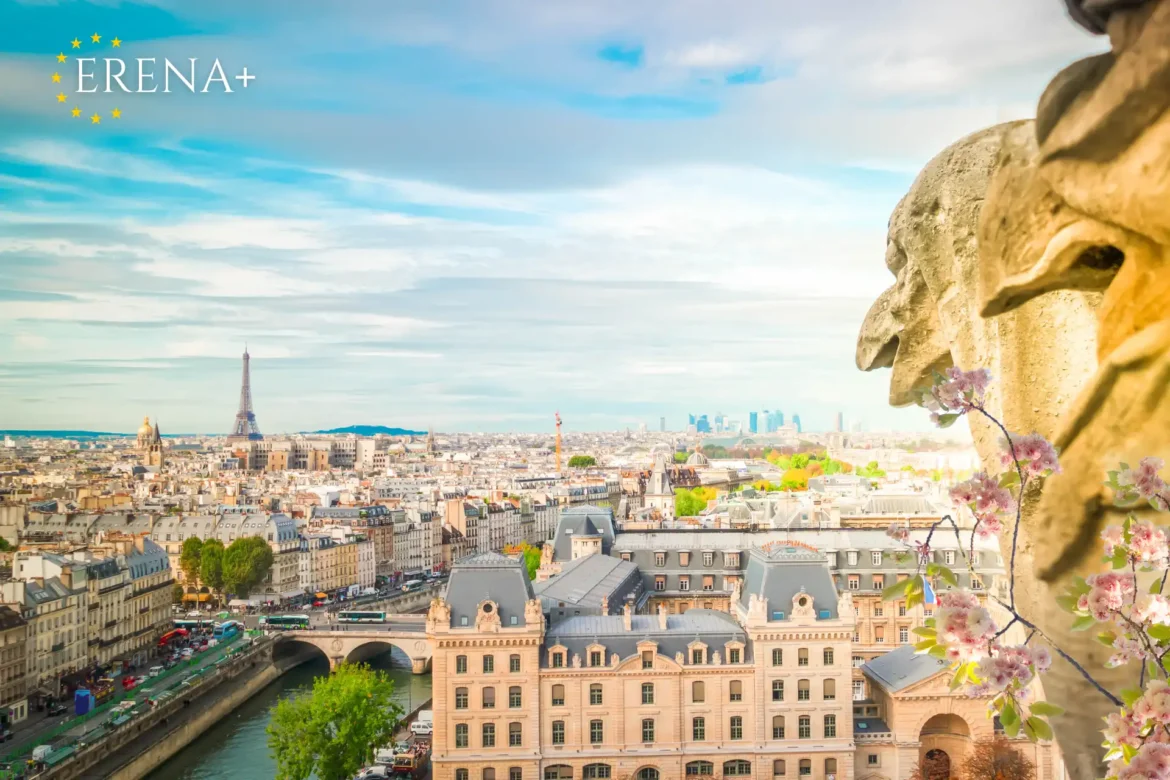Paris, known for its iconic architecture and rich history, is making strides in sustainable urban development. Amid the climate crisis and rapid urbanization, the French capital has turned to building codes as a key tool in achieving its green infrastructure goals. These updated regulations are helping Paris integrate environmental sustainability into its urban landscape, aiming to meet ambitious climate targets while improving residents’ quality of life.
What is Green Infrastructure?
Green infrastructure refers to natural and semi-natural systems—such as parks, green roofs, rain gardens, and permeable surfaces—that provide environmental, economic, and social benefits. For Paris, green infrastructure reduces air pollution, mitigates flooding, supports biodiversity, and combats the urban heat island effect.
Paris’ Updated Building Codes: Key Changes
Paris has introduced significant updates to its building codes, which now promote sustainability through green infrastructure. Here are the main changes:
1. Green Roofs and Green Walls
New regulations require or incentivize the installation of green roofs and walls on both residential and commercial buildings. Green roofs help with stormwater management, reduce heat, and provide insulation, while also fostering biodiversity. Paris aims for 30% green coverage by 2030, contributing to a healthier, more livable city.
2. Stormwater Management
With an increasing risk of urban flooding due to climate change, Paris now mandates the installation of permeable surfaces and systems that capture rainwater. Developers are encouraged to incorporate rain gardens, bioswales, and permeable paving materials to reduce runoff and prevent flooding. This helps protect the city’s infrastructure and supports groundwater replenishment.
3. Energy Efficiency & Carbon Reduction
Paris’ building codes also promote energy-efficient designs. New buildings must meet stricter insulation standards and integrate renewable energy systems, like solar panels. By reducing reliance on fossil fuels, these measures contribute to Paris’ broader carbon-neutral goals by 2050. Sustainable building materials, such as low-carbon alternatives to concrete, are also prioritized.
4. Biodiversity Enhancement
The new codes focus on increasing urban biodiversity. Developers are required to design spaces that support local flora and fauna, such as incorporating native plants into building facades and rooftop gardens. This not only enhances the city’s natural beauty but also helps create a resilient ecosystem that can better withstand climate change.
5. Circular Economy Principles
Paris is embracing a circular economy in construction by encouraging the reuse of materials and reducing waste. Building codes now incentivize the use of recycled or second-hand materials and promote the integration of construction practices that ensure buildings can be easily deconstructed and reused in the future.
Financial Impact of Green Building Codes
While the updated building codes may raise initial construction costs, the long-term benefits for developers, property owners, and the city make them a sound investment.
1. Construction Costs
Green roofs, energy-efficient systems, and permeable surfaces can increase initial building costs by around 10-15%. However, these upfront investments are offset by the long-term savings in energy bills, lower maintenance costs, and higher property values.
2. Incentives and Subsidies
To encourage compliance, the Parisian government offers incentives such as financial support for green roofs and renewable energy systems. Tax breaks and grants are also available for sustainable renovations and retrofits, helping to lower the financial burden on developers.
3. Market Value and Rent Premium
Properties with sustainable features often command higher rents and are more desirable to tenants. In Paris, green buildings are seen as a symbol of modernity and environmental consciousness, increasing their market appeal and, in many cases, their resale value.
4. Long-Term Savings
The energy efficiency measures required by the new building codes result in significant cost savings over time. Reduced energy consumption leads to lower utility bills, while more resilient buildings are less likely to need costly repairs after extreme weather events.
Paris’ Green Infrastructure Goals for 2030
Paris has set ambitious green infrastructure goals, aiming to reduce its carbon emissions by 50% by 2030 and achieve carbon neutrality by 2050. The new building codes are integral to this plan, encouraging sustainable practices that contribute to a more resilient and livable city.
Green infrastructure features like green roofs, rain gardens, and energy-efficient buildings are transforming Paris into a model of sustainable urban development. The integration of nature into the cityscape will improve air quality, reduce urban heat, and provide much-needed green space. These efforts also help the city adapt to the challenges posed by climate change, including rising temperatures and extreme weather events.
Conclusion
The new building codes in Paris play a crucial role in achieving the city’s green infrastructure goals. By promoting sustainable construction practices, energy efficiency, and biodiversity, these regulations are transforming the urban landscape and helping Paris meet its climate targets. Although the initial costs may be higher, the long-term benefits of greener, more resilient buildings make it a worthwhile investment. Paris is setting an example for cities around the world, demonstrating how thoughtful urban planning can create a sustainable and livable future.


1 comment
You’ve managed to capture something ineffable — your words touch a place that logic alone cannot reach.